How safe is America's drinking water?
There are still millions of Americans without access to clean tap water
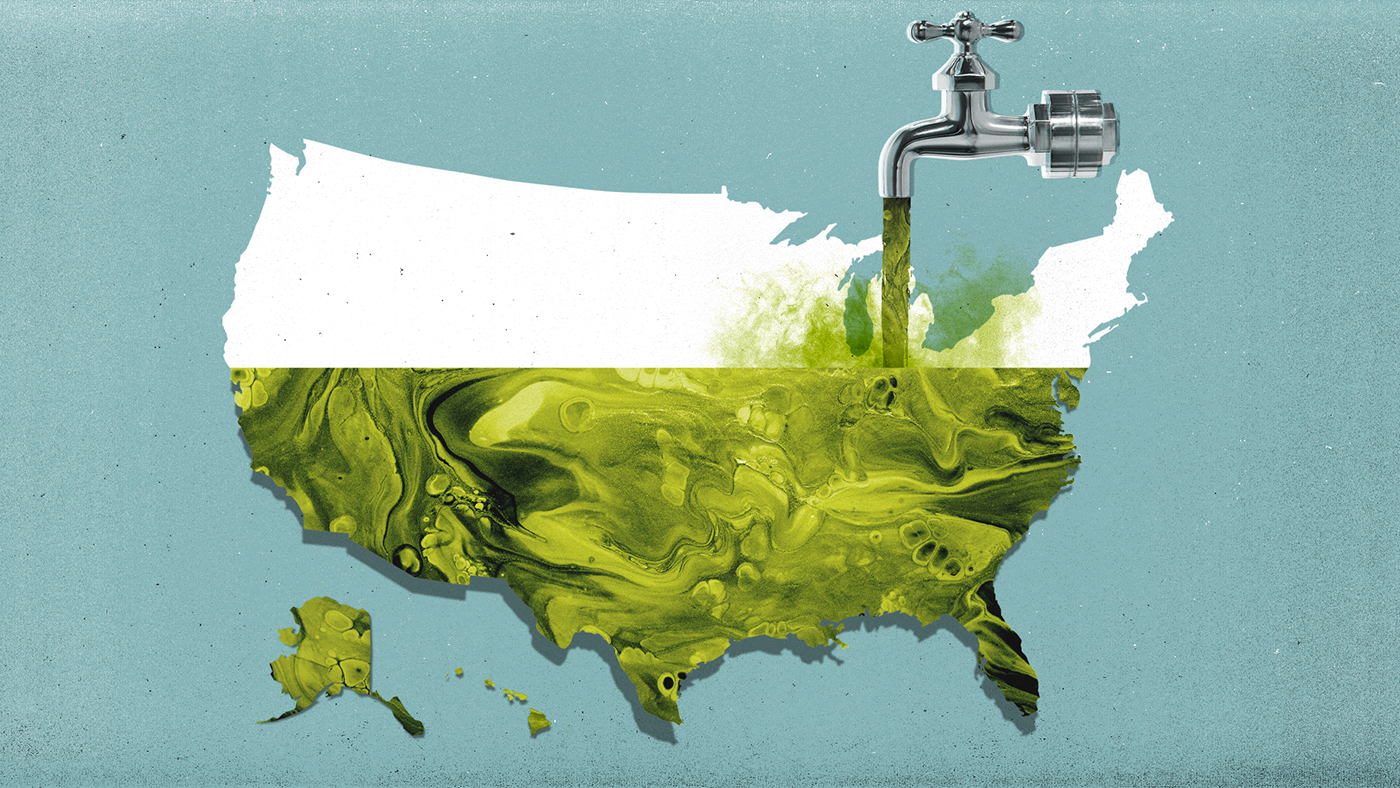

While it is generally fine to consume tap water in the United States, there are still millions of Americans who suffer from a lack of safe drinking water. The situation in Flint, Michigan, probably comes to mind, but there are many other areas around the country where drinking water can be hazardous.
Is tap water in America safe to drink?
For the most part, yes. The United States has "one of the safest water supplies in the world," according to the U.S. Centers for Disease Control and Prevention (CDC). More than 90% of Americans get their tap water from public water systems, the CDC reported, all of which are subject to safe water standards. These standards are enforced by both the U.S. Environmental Protection Agency (EPA) and the Safe Drinking Water Act. The latter "requires many actions to protect drinking water and its sources — rivers, lakes, reservoirs, springs, and groundwater wells" and sets "national health-based standards for drinking water to protect against both naturally-occurring and man-made contaminants that may be found in drinking water." This includes testing for the presence of dangerous contaminants like E. coli, salmonella, and cryptosporidium.
The CDC admits, though, that contamination can still occur. The most common safety violations are "illegal levels of pathogens (bacteria and viruses), nitrates, arsenic, and harmful byproducts from disinfectants like chlorine," Maura Allaire, a water quality expert at UC Irvine, told National Geographic. Then there is the commonly held fear of lead exposure from old pipes.
The Week
Escape your echo chamber. Get the facts behind the news, plus analysis from multiple perspectives.

Sign up for The Week's Free Newsletters
From our morning news briefing to a weekly Good News Newsletter, get the best of The Week delivered directly to your inbox.
From our morning news briefing to a weekly Good News Newsletter, get the best of The Week delivered directly to your inbox.
Contamination from lead pipes leeching into the water supply is an ongoing risk, and "the U.S. currently holds approximately 9.2 million lead service lines underground," ABC News reported. They are a "silent and deadly consequence." Lead is not the only chemical that has people worried about their water supply. There have been renewed concerns over harmful "forever chemicals," called PFAs, that can make their way into water systems, some of which have been linked to cancers and reproductive diseases in women.
How many Americans don't have access to clean water?
In a nation of approximately 335 million, "more than two million Americans live without basic access to safe drinking water and sanitation," according to the U.S. Water Alliance, and at least 1.4 million of these Americans don't have access to indoor plumbing at all, the Alliance added.
Another 44 million Americans "are served by water systems that recently had health-based Safe Drinking Water Act violations," the Alliance reported.
Where is contaminated tap water found?
Problems with water cleanliness occur in places across the country. A study from The Guardian selected 120 people from around the U.S. to test their tap water for contaminants. The study found "more than 35% of the samples had PFAs, potentially toxic 'forever chemicals,'" at levels above the recommended maximum. Another 8% of samples contained arsenic, and "118 out of 120 samples had detectable levels of lead."
A free daily email with the biggest news stories of the day – and the best features from TheWeek.com
The most notable case of dangerous water occurred in the aforementioned city of Flint. The crisis began in 2014 when the city switched to a tainted water source, causing an outbreak of Legionnaires' disease. Officially, 12 people died, though the actual death total "may be much higher than state health officials have acknowledged," Frontline reported.
Years later, Flint is still dealing with the effects of the crisis, but is hardly the only city with issues. In 2022, drinking water "was found to be tainted in parts of New York City, Baltimore, and the state of Hawaii," PBS reported. An aging and broken infrastructure system in Jackson, Mississippi, also left thousands without running water at the end of last year. The system was so faulty that one pipe leaked an estimated five million gallons of water per day, The New York Times reported.
The problem isn't just in cities. Water systems in small towns across America "are failing to protect public health due to a perfect storm of forces," Human Rights Magazine reported. This includes "poor regulation of agricultural waste and other pollutants, shrinking populations, and aging infrastructure" that contribute to clean water shortages in rural areas. Sixty-seven percent of public water systems "serve populations of fewer than 500 people," the magazine added. More health violations occur in these small communities, where they "often have trouble finding the funds to maintain their systems."
What is being done to make tap water safer?
The EPA recently proposed the first national standards for PFAs. Public water systems "would have to monitor for six specific chemicals, notify the public about PFAS levels and work to reduce them if levels go above the standard allowed," CNN reported.
Many states have also worked to replace lead service lines with safer alternatives. As part of this push, President Biden, who has pressed for 100% lead-free water systems, announced an initiative to "provide hands-on support to guide communities through the process of lead service line removals, from start to finish." This program is being spearheaded by the EPA to help poorer communities receive funds to replace their pipes as part of a $6.5 billion plan to upgrade drinking water infrastructure. This includes a $115 million allotment towards fixing Jackson's water supply.
It is likely that these efforts to cleanse drinking water will continue, given that a 2022 poll from the National Resources Defense Council indicated that "ensuring access to safe drinking water for all Americans is seen as the second highest ranking priority nationwide."
Justin Klawans has worked as a staff writer at The Week since 2022. He began his career covering local news before joining Newsweek as a breaking news reporter, where he wrote about politics, national and global affairs, business, crime, sports, film, television and other news. Justin has also freelanced for outlets including Collider and United Press International.
-
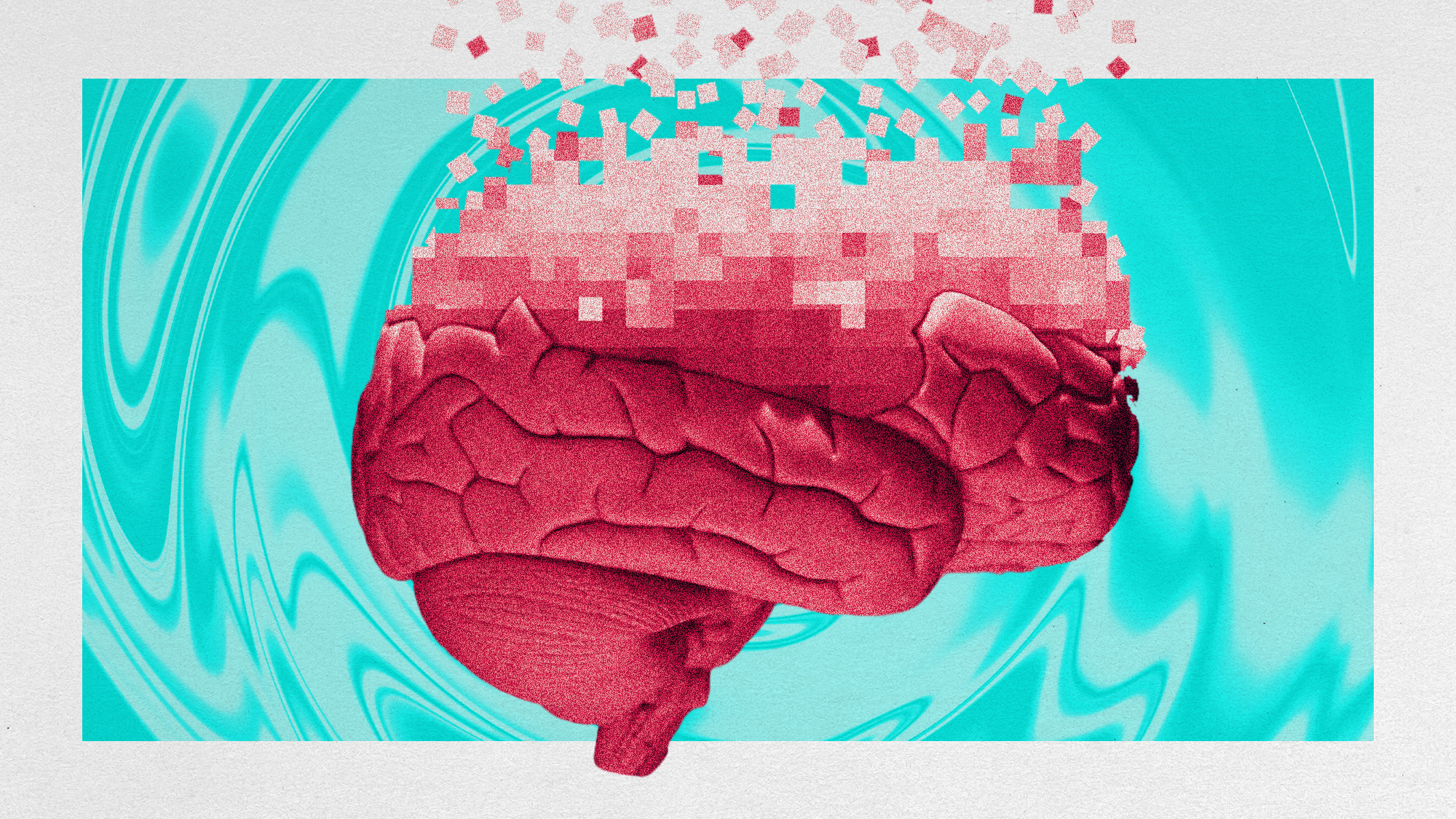 'TikTok brain' may be coming for your kid's attention span
'TikTok brain' may be coming for your kid's attention spanThe Explainer What happens to kids' brains when they binge TikTok's endless stream of bite-sized videos?
-
 The 'girl dinner' TikTok trend has dieticians on edge
The 'girl dinner' TikTok trend has dieticians on edgeSpeed Read Is it a cute and relatable social media fad or a cover for disordered eating?
-
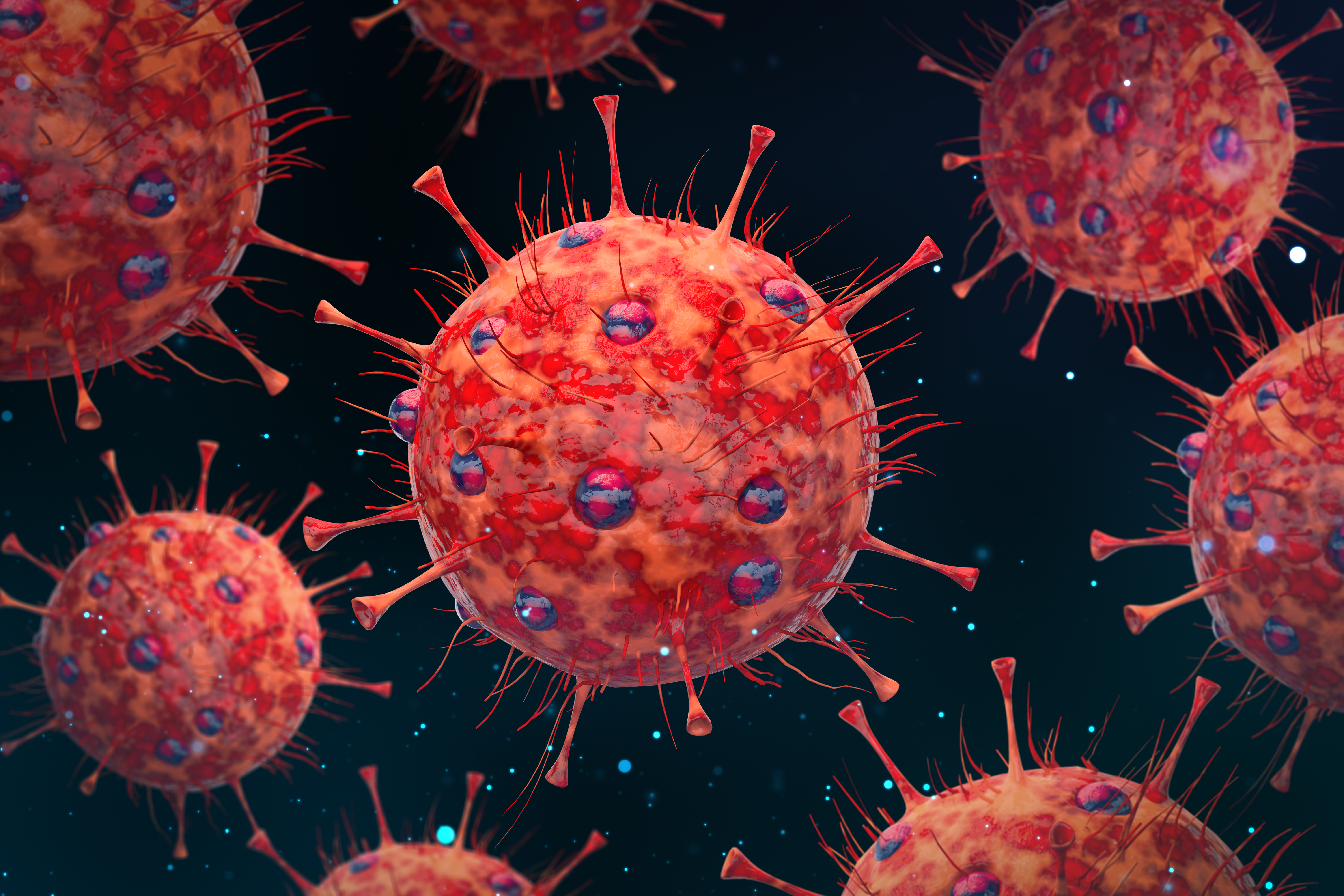 Understanding the new Covid-19 variant, Eris
Understanding the new Covid-19 variant, ErisSpeed Read The formally named EG.5 is making the rounds, but we don't have to worry just yet
-
 When therapy-speak enters the real world
When therapy-speak enters the real worldSpeed Read Are you "setting boundaries" or avoiding confrontation?
-
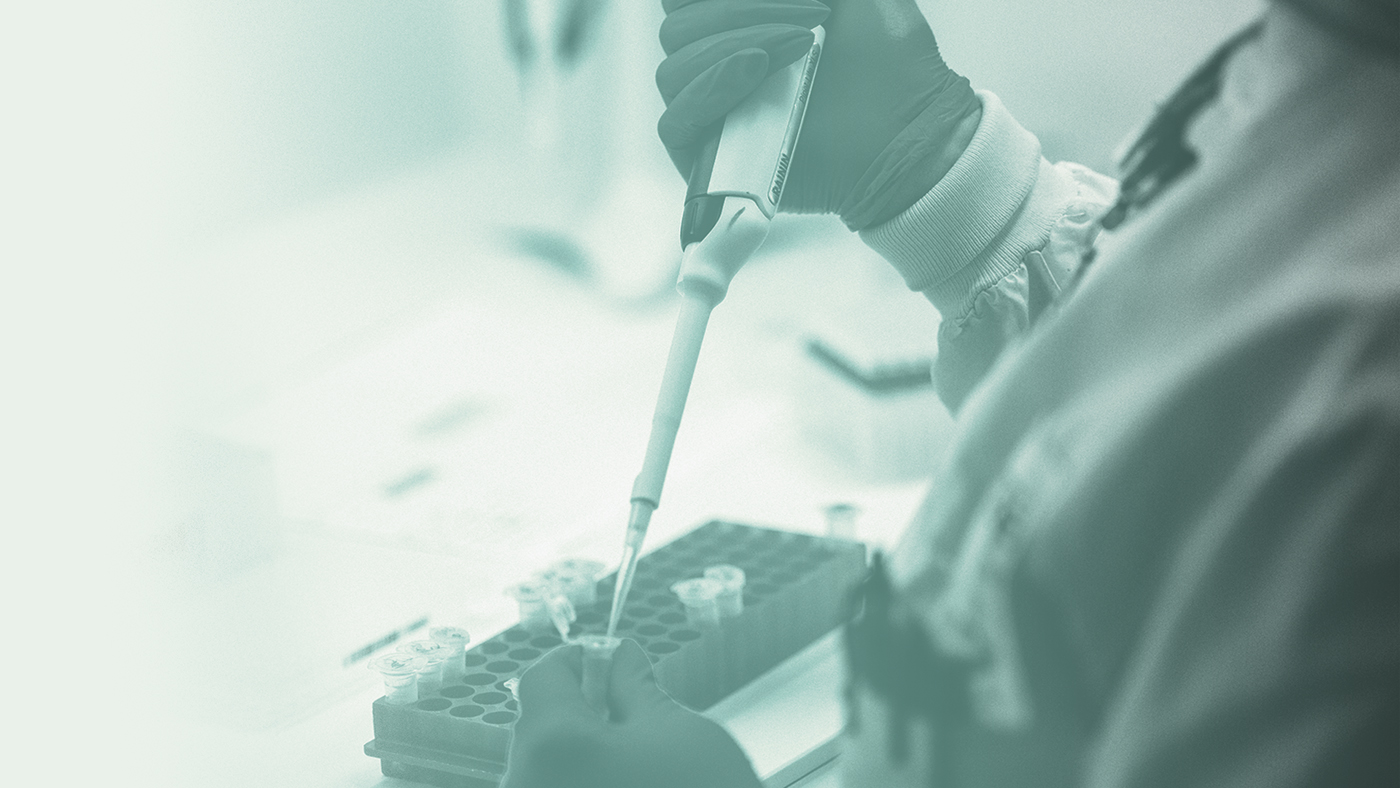 The new push to solve long Covid
The new push to solve long CovidSpeed Read Patients say researchers have been too slow to address the condition
-
 What is cardiac arrest and why does it happen?
What is cardiac arrest and why does it happen?Speed Read The heart condition impacts younger athletes more often than expected
-
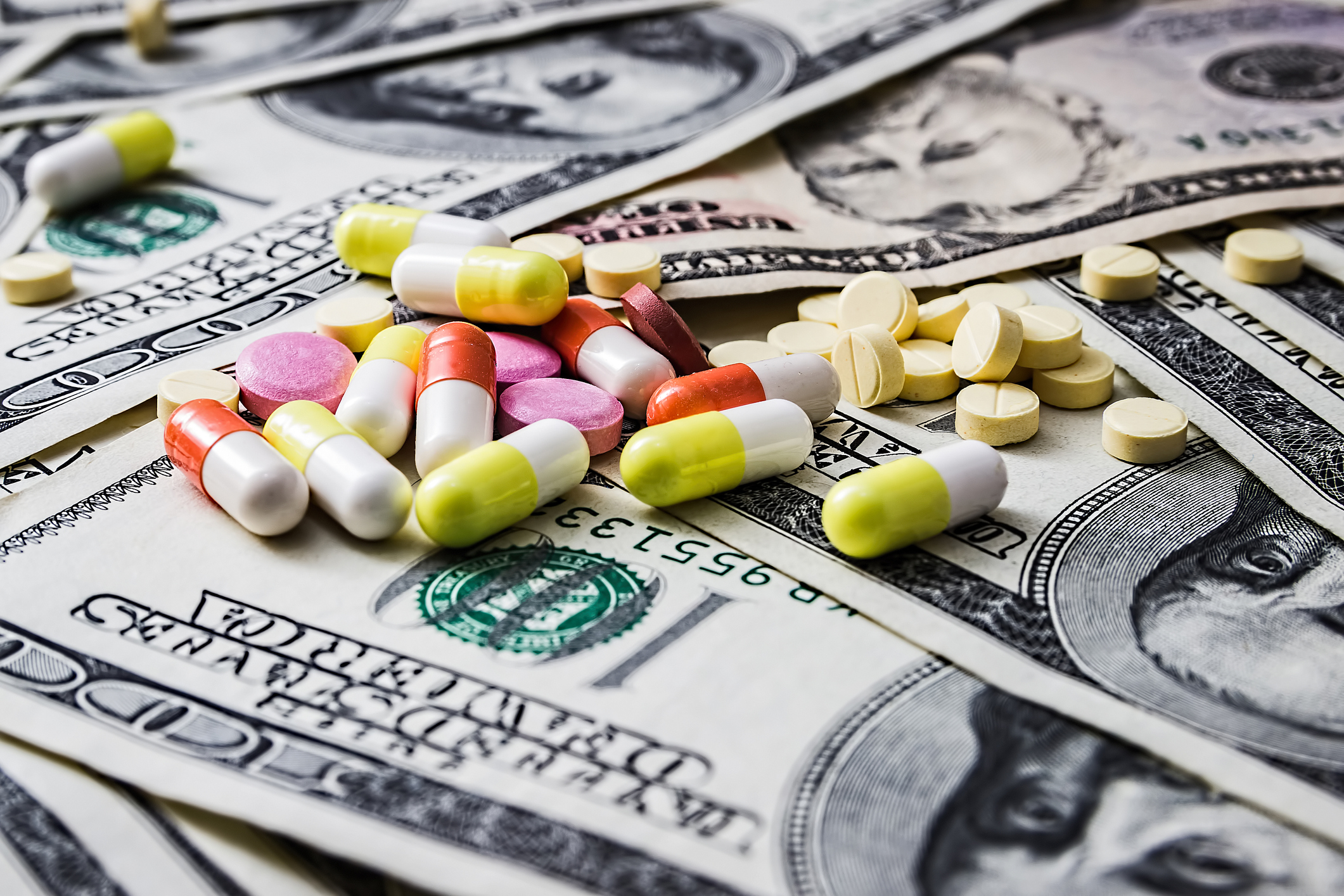 What is medical identity theft and how can you avoid it?
What is medical identity theft and how can you avoid it?The Explainer Scammers can often target medical insurance as part of their grift
-
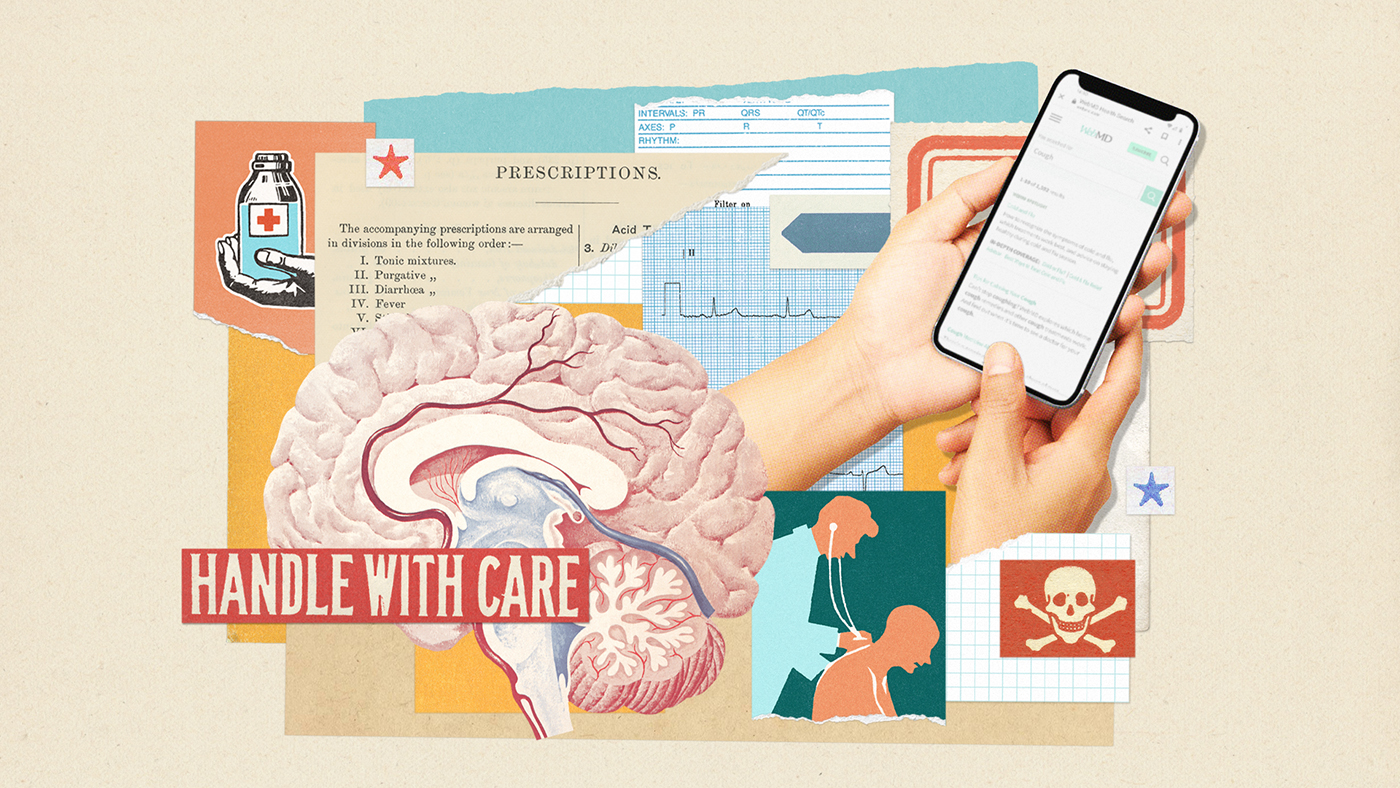 The problem with self-diagnosing
The problem with self-diagnosingSpeed Read Teens are turning to social media to diagnose themselves with mental health conditions



